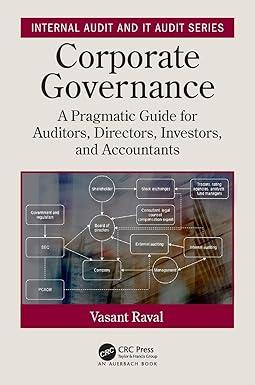Question
Sanyos Solar Cell Factory in Salem, Oregon, produces monocrystalline solar cells which are used by another Sanyo division to make large industrial solar panels. The
Sanyos Solar Cell Factory in Salem, Oregon, produces monocrystalline solar cells which are used by another Sanyo division to make large industrial solar panels. The Solar Cell Factory keeps its own set of books, and so records revenue (and cost of goods sold) when they transfer the solar cells to the solar panel division.
Sanyo uses a standard costing system in which all over/under applied costs are closed to cost of goods sold at the end of each month. All inventories are accounted for using weighted average (over its entire inventory, both WIP and finished goods). Thus, at the end of each month, and for each cost pool, every equivalent solar cell, whether in cost of goods sold, WIP, or finished goods, has the same cost.
Direct materials are added at the start of the process, while overhead costs are added continuously through the process. Overhead costs (all of which are fixed costs) are allocated to the solar cells based on the number of units produced. All of the solar cells produced by the factory are identical.
Sanyos budget expects to produce 50,000 solar cells per month, using $3 million of direct materials, and $10 million of fixed overhead.
At the start of January, the Solar Cell Factory has 10,000 solar cells in finished goods inventory, with a standard cost (based on last years standards) of $533,000 direct material, and $2.128 million fixed overhead (so the total cost in inventory is $2.661 million). The factory has no work-in-process or raw material inventory at the start of the month.
During January, the solar cell factory begins 57,000 solar cells, and completes 53,000 of them. The remaining 4,000 solar cells are 25% through the production process. 61,000 solar cells are sold during the month.
Actual production costs (i.e., costs put into production during the month) are $12.9 million: $3.1 million direct material and $9.8 million fixed overhead
1) After all needed adjustments have been made, and under absorption costing, what is the total cost included in?
a. finished goods inventory as of January 31? __________
b. work-in-process inventory as of January 31? __________
c. cost of goods sold for the month ended January 31? __________
2) Now assume that the solar cell factory had always used variable costing. After all needed adjustments have been made, and under variable costing, what would be the total cost included in?
a. finished goods inventory as of January 31? __________
b. work-in-process inventory as of January 31? __________
c. cost of goods sold for the month ended January 31? __________
Step by Step Solution
There are 3 Steps involved in it
Step: 1

Get Instant Access to Expert-Tailored Solutions
See step-by-step solutions with expert insights and AI powered tools for academic success
Step: 2

Step: 3

Ace Your Homework with AI
Get the answers you need in no time with our AI-driven, step-by-step assistance
Get Started


